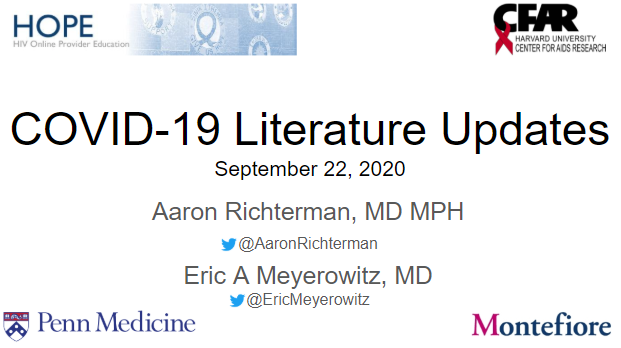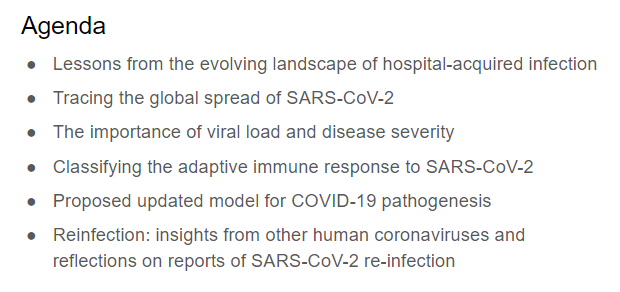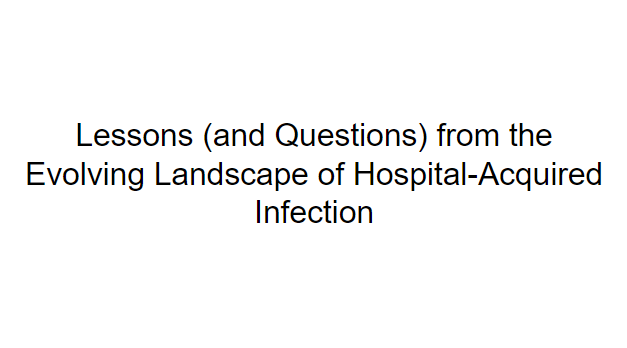
The question at hand: what is the relative transmission potential of a vaccinated person who becomes infected with delta? This 👇new report from Singapore is much more informative on this question than the CT data released so far from Ptown and Wisconsin.
medrxiv.org/content/10.110…
medrxiv.org/content/10.110…
First, importantly, reducing transmission potential of a person who becomes infected is only one component on the transmission reduction effect of the vaccines. The other: reducing the likelihood of becoming infected in the first place. We discuss here👇
academic.oup.com/ofid/advance-a…
academic.oup.com/ofid/advance-a…

We still await definitive evidence from systematic sampling on the ? of overall infection risk reduction with vaccination, but w strong protection vs symptomatic disease, expect that there will still be substantial protection (50+%) vs overall infection
nejm.org/doi/full/10.10…
nejm.org/doi/full/10.10…
Back to the Singapore data - these investigators report features of 218 people hospitalized with delta (all covid is hospitalized in Singapore). 84 had received an mrna vaccine (71 fully vaccinated). Unlike ptown/wisconsin data, can see that vaxed significantly older. 

Like ptown/wisconsin data, the CT values at diagnosis are similar (~19). This is 1 piece of data suggesting viral loads *might* be similar at diagnosis. However, there are a number of impt factors that continue to suggest substantially reduced transmission potential among vaxd: 

1st, the pattern of CT measurements suggests more rapid viral decay (left). For alpha, increased transmission risk vs ancestral virus was mediated by longer (not higher) peak viral load (right, dash.harvard.edu/handle/1/37366…). We don't know this yet for delta, some think an earlier peak 



2nd, the vaccinated ppl infected with delta had greatly reduced symptoms (left=unvax), including a much greater likelihood of being asymptomatic. This will have substantial effect on transmission potential. Some refs: pubmed.ncbi.nlm.nih.gov/33484843/
thelancet.com/journals/lance…
thelancet.com/journals/lance…

3rd, antibody testing showed high levels of neutralization activity in the vaccinated ppl who were infected. This is the most hypothetical mechanism of reduced transmission potential, but if this neutralization is occurring in the upper airway it is very plausible. 

So, transmission reduction is much more complicated than the CT value at diagnosis. That why things like this 👇 are so misleading. If interested, discuss many more details here with @EricMeyerowitz and @mugecevik : academic.oup.com/ofid/advance-a… 

Broken link at the top, here is the study
medrxiv.org/content/10.110…
medrxiv.org/content/10.110…
• • •
Missing some Tweet in this thread? You can try to
force a refresh










